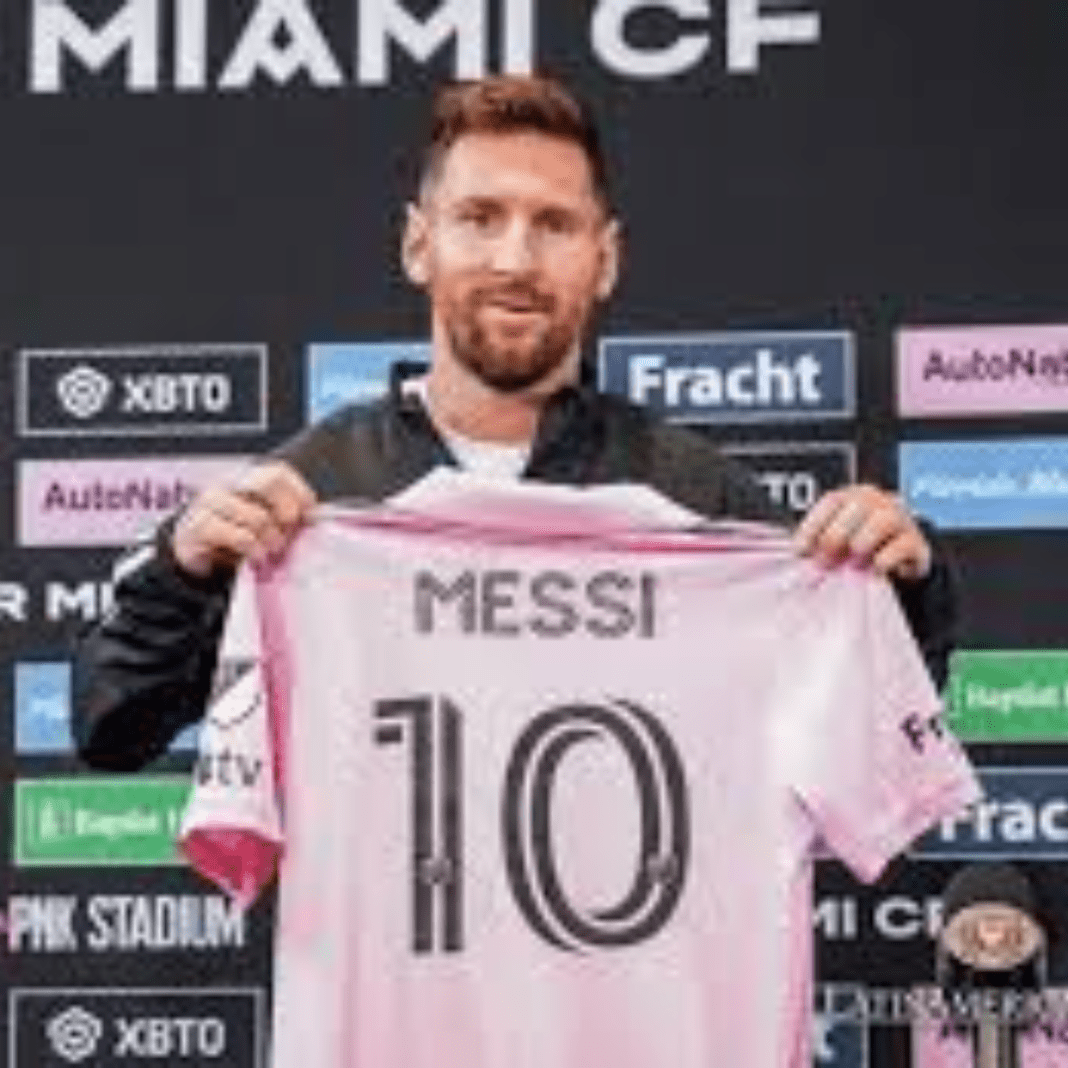When Lionel Messi, arguably soccer’s greatest-ever player, joined Inter Miami in 2023, American sports culture got turned upside down. Not only is Messi changing the course of Major League Soccer. He is also changing how America embraces soccer. Once seen as a niche sport within the country, soccer is slowly but surely marking its presence in mainstream US sports.
Messi’s arrival with Inter Miami coincided with a steep rise in the number of people watching on TV. According to Nielsen, his first game saw viewership increase by an astonishing 300%. Hispanic audiences traditionally formed a loyal contingent in viewing, yet the mass appeal of Messi reaches a wider and more diverse public-one that is younger and less Hispanic.
Messi’s debut game on Univision and TUDN watched viewership soar. Total TV watching hours, on average, were up 32% on a Saturday without a live soccer broadcast. As Nielsen noted, the data proves soccer is no longer a niche sport for Hispanic audiences. In large part, because of Messi, it’s a sport.
That represents more than a 100% increase in viewership, reflecting the sport’s growing popularity in the United States. Messi’s stamp on the sport has helped propel it into new terrain beyond its core constituency. The sport is taking its place within the pantheon of American sports and breaking through ethnic boundaries in the process.
Soccer’s Historical Roots and Hispanic Influence
The origins of soccer in America date back to pioneers like Pelé. The Brazilian legend’s arrival to the New York Cosmos in 1975 brought about the first big boom of soccer in the U.S. His luminary star drew attention to the North American Soccer League, though the league did fold.
FIFA Sanctions Canada Soccer Team for Drone Espionage Scandal at Paris Olympics 2024
Aside from Pelé, other international stars included Johan Cruyff and Franz Beckenbauer, who helped the growth of soccer within the U.S. Other shifts came with the early 2000s when David Beckham joined LA Galaxy. Beckham played a role in bringing more international talent to the MLS, setting the stage for the transformative impact of Messi.
The Hispanic community has been very important to the growth of soccer in the U.S. Nielsen’s “Fanáticos” report shows that Hispanics comprised 53% of viewership for the 2024 Copa América final. Their love for soccer is deeply inbred in Latin American culture, where this sport is a humongous part of daily life.
Hispanic fans have helped increase viewership for both international tournaments and domestic leagues. The 2023 Liga MX Clausura final showed a 74% increase in viewership compared to 2016, courtesy of Hispanic fans. They have helped cultivate an exciting soccer culture in the U.S., which was considerably expanded by Messi’s arrival.
Soccer’s Mainstream Appeal and Future Prospects
The increasing popularity of soccer ranges from growing media presence to increased viewership in America. The 2024 Copa América final brought in over 12 million viewers, making it the most-watched soccer event in U.S. history. This is replicated on the women’s side also, as record crowds tuned in to watch the U.S. Women’s National Team take gold in the Olympics.
This can be brought into realization in marketing and media, with the cultural influence of the sport. Most key brands are now investing in soccer-related content, knowing its diversity appeal. Soccer is being watched more often in popular media, symbolizing a growing popularity in American sports and entertainment.
Soccer Showdown in the USA: All Eyes on the 2024 Copa América!
A New Era for Soccer in the U.S.
Now, soccer is entering a new age in the United States, with international stars and an irrepressible, loyal Hispanic fan base leading the way. A sport once considered second-tier in America has joined football, basketball, and baseball as part of American sports lore. Looming on the horizon is the 2026 FIFA World Cup to be hosted jointly by the U.S., Mexico, and Canada-a guarantee for boosting soccer’s popularity in North America.
While soccer is still on the rise, its future in the U.S. is quite bright. A mix of international talent, interest by Hispanics, and greater mainstream appeal ensures growth in the sport. It’s Messi who has provided the catalyst, but the various bases of support ensure that soccer will play a major role in the future of American sports.
The rise of soccer in the U.S. is only one example of cultural convergence at work. From Pelé’s historic arrival to Messi’s transformative impact, the evolution into a major driving force is in place. With a diverse and passionate fan base, the future of soccer in the U.S. is all set to soar to even greater heights.





